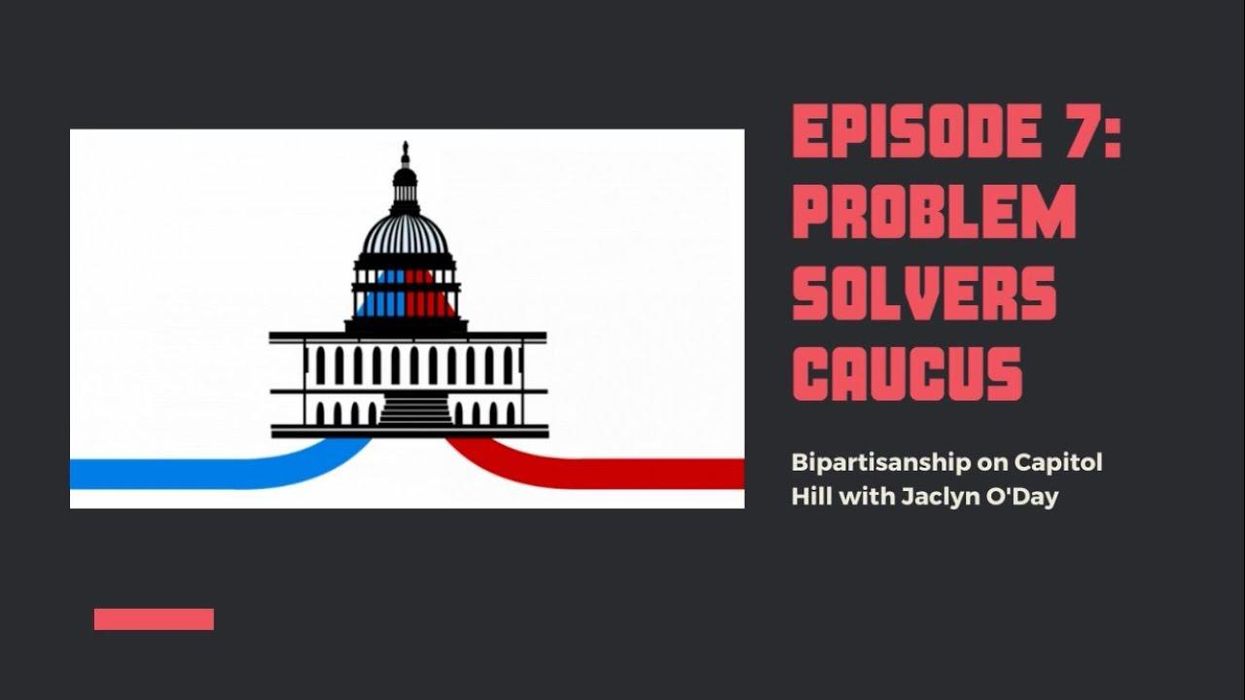Across Talk is a new monthly video series from Renew America Together. In this episode, Lincoln Zaleski, a disinformation specialist at Renew America Together, chats with Jaclyn O'Day, Executive Director of the Problem Solvers Caucus in the U.S. House of Representatives. Beginning in 2017, the Problem Solvers Caucus became an independent member-driven group in Congress, comprised of representatives equally divided between Democrats and Republicans committed to finding common ground on many key issues.
Video: Problem solvers caucus
Across Talk Ep. 7: Problem Solvers Caucus




















